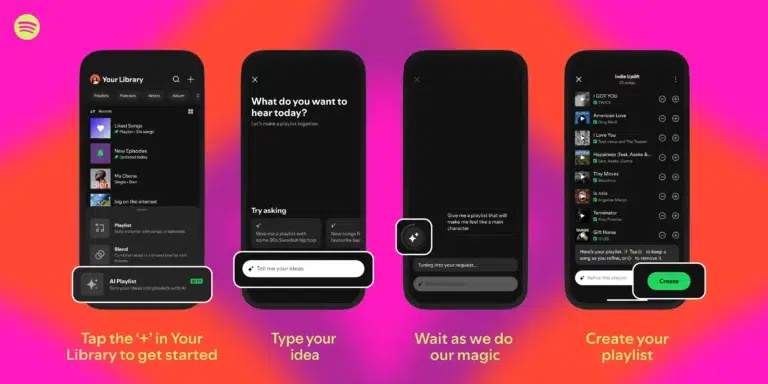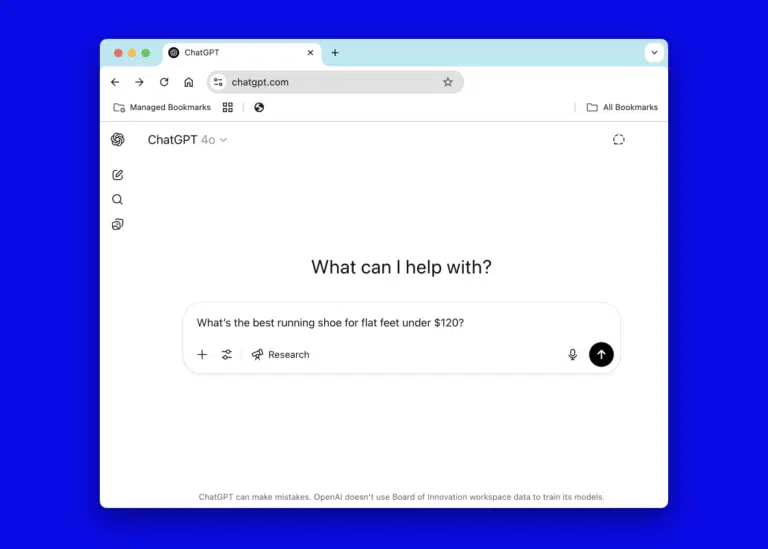

1. Not just for meditation!
Telehealth compares to face-to-face therapy across outcomes, including clinical effectiveness, treatment adherence, and patient satisfaction. While there is a common misconception that digital solutions are only for addressing ‘light’ mental health concerns, it was noted that they could be effective across a wide spectrum of mental health illnesses, although more research is needed.
2. A male minority
3. Get with the program
The biggest challenge is that people across the board need to be made aware of digital mental health solutions. As a first step, educational content, from sources including influencers, and even webinars, go a long way in getting the word out! Healthcare practitioners do, however, require more context than just a blog (!). While they often have very limited availability, once informed about the results of clinical research, and how a digital treatment plan’s protocols match up with conventional therapy, the response is overwhelmingly positive.
4. The space is all over the place
5. Mind the mental health data gap
Finally, we asked our panelists to take us to 2030…
what does the future look like?
“The first thing an individual turns to when needing healthcare is some device. Today, it’s a smartphone or tablet, but in 2030 it could be something else altogether. With a lot of curated, good-quality data, we predict where a patient is headed, so interventions are more timely. Digital solutions generally play a much bigger role in prevention.” – Manu
“You’re either in therapy or you’re on your own…when people think about therapy, they think about face-to-face, but we’ll have a full spectrum of different treatment options that include Dtx, telemedicine, blended care, face-to-face, and whatever else we might come up with. This takes advantage of machine learning for personalization and continuous iterative improvement using digital biomarkers.” – Hannes
And as for you, what does the future hold…
Want to create or leverage insights and benefits of a digital solution?
#makewhatlifeneedsnext #thewebinarseries



